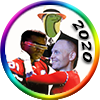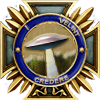Captain Suave
Caesar si viveret, ad remum dareris.
- 5,675
- 9,739
its been a year+ and i still havent seen a single good JWST image
It's an infrared telescope. All the images will look weird to laypeople. The point is science, not pictures you find pretty.
Last edited:
- 2


















